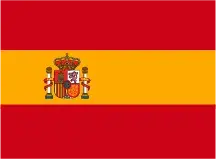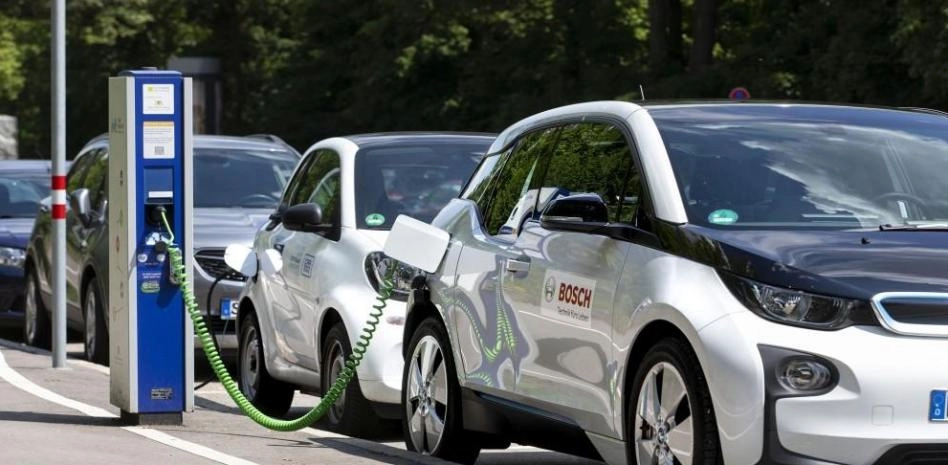The completion of Plan MOVES III was scheduled for December 31st, however, it has been extended until July 31st of the current year, as announced by the Ministry for Ecological Transition and Demographic Challenge (MITECO).
The amount to meet the remaining demand still reached approximately 290 million euros.
In collaboration with the autonomous communities, the program has achieved its objective of receiving 238,000 applications in 2023, surpassing expectations with over 250,000 registrations.
Despite the extensions announced by MITECO, which increased the total budget to 1.2 billion euros, only a little over 500 million euros have been resolved.
What will happen once the assistance ends in less than five months?

As recently reported by Joan Groizard, Director General of the Institute for Energy Diversification and Saving (IDAE), to Mobility Portal España, they are considering various options.
“But as of today, the plan ends on the announced date,” he assured.
In what state are the allocations and how much did each region receive? Below, Mobility Portal España details it.
According to the data published by IDAE, Catalonia is one of the regions that received the higher amount.
The region started with a budget of 65,587,765 euros, to which a recent extension of 131,175,530 euros has been added.
In the framework of line 1 for electric vehicles, it has received over 97 million applications and has disbursed 67.43 million euros, according to figures published by the Catalan Institute of Energy.
Regarding line 2 for the installation of charging points, it has managed over 91 million applications and has delivered 63.16 million euros.
Madrid is the second community to receive the largest extension, with a total budget of 157,912,124.77 euros.
Specifically, for granting aid for the acquisition of electric cars, it has allocated 98,108,779.97 euros and for the implementation of charging infrastructure, 59,803,344.80 euros.
Both regions stand out for their registration of EV sales and for the deployment of charging points.
According to the latest figures published in February, Madrid has 53,807 electrified cars registered and Catalonia a total of 16,366.
Regarding the deployment of charging points, the Madrid community has over 3,800 installed units, while Catalonia leads nationally with over 7,000 stations, 1,000 of them located in Barcelona.
Why do these regions receive more funding than other autonomous communities?
According to information provided by IDAE, each one can request fund extensions based on the number of aid applications received in its territory and the processing pace they maintain.
The reason why some regions receive a lower budget is that not all progress at the same pace or manage with the same agility.
For example, Ceuta and Melilla, two of the regions with lower funds, also reflect lower sales of low and zero-emission vehicles and charging point installations.
Up to now, 78 registrations have been recorded, and it has 33 “refueling” stations.
Ceuta has been granted an extension of MOVES of 168,000 euros, and Melilla, on the other hand, has not received any.
It is worth noting that IDAE applications are always approved if there is demand and budget available.
Following this trend, the Canary Islands received 18,342,808 euros at the start of the call, and now has obtained an additional 53,344,065.45 euros.
So it ranks third, after Madrid and Catalonia.
On the other hand, the Valencian Community was a beneficiary in 2021 with 42,632,398 euros, to which 50,632,398 euros were added in the budget extension.
The region has already exhausted all the resources allocated to the purchase of electric vehicles, while it still has 693,010 euros left for the deployment of charging infrastructure.
This is reflected in the figures. The region already has 9,468 car sales and over 3,000 chargers.
Andalusia received an initial budget of 71,353,165 euros, to which an extension of 33,784,668 euros was added.
According to information provided by the Andalusian Energy Agency, they still have 19,602,495.43 euros available for allocation.
Specifically, they have 4,646,353.03 euros for plug-in electric vehicles and fuel cells, and 14,956,142.40 euros for the implementation of charging infrastructure.
Aragon received an increase of 33,425,000 euros after the 11,206,480 euros granted at the beginning of the call.
Currently, they have 3,905,629 euros left for car purchases and 14,802,046.75 euros for the installation of charging points, totaling 18,707,675.75 euros.
The Basque Country has increased its amount to 31,030,622.95 euros, with a demand of 130 per cent that exceeds its fund.
It is important to note that, in terms of efficiency in resolving files, the Basque Country leads with 73 per cent, followed by the Community of Madrid with 67 per cent and Catalonia with approximately 66 per cent.
Meanwhile, Navarra has increased its amount by 23,187,300 euros and Castilla y León by 20,188,644 euros.
Galicia has received the same amount on both occasions: 22,775,753 euros.
In line 1, it has received requests worth 22,807,400 euros, and for line 2, 13,344,388.68 euros.
Unlike the cases mentioned above, among these three autonomous communities, Navarra has the lowest adoption of electric cars.
Specifically, it has registered 1,213 units, while Galicia has 2,868 and Castilla y León has 2,312.
It is important to consider that the first region is smaller in size than the other two and has a smaller population.
They are followed by Castilla-La Mancha with an extension of 17,240,773 euros and the Balearic Islands, which has increased its budget to 16,700,000 euros.
Next is Asturias with a new allocation of 10 million, Extremadura with 8,969,182 euros, the Region of Murcia with 6,068,000 euros, and Cantabria with 5,350,000 euros.
La Rioja, meanwhile, has received an extension of 2,696,806 euros.
Currently, it has 406 registered cars and 179 charging points.
The Balearic Islands have experienced a demand that exceeds their budget by 142 per cent, followed by La Rioja and Castilla-La Mancha, both with 134 per cent, and Murcia with 132 per cent.
These figures represent the percentage of resolution regarding the budgeted funds.
What assessment does IDAE make of the MOVES plan?
According to Groizard, the sector insists on the continuity of the program, considering it a fundamental support.
“When MOVES was about to end on December 31st, the entire sector asked us to extend it, and when they perceive that there is a risk of running out of budget, they ask us to extend it,” he explains.
Therefore, the institution encourages users to take advantage of both the plan and the IRPF deduction.
But what changes does the sector expect to see?
Different actors demand certain modifications to the program, especially considering the possible arrival of the fourth edition in the second half of the year.
The Business Association for the Development and Promotion of Electric Mobility (AEDIVE) demands that an advance of aid to buyers be included in the program and that there be a streamlining in the processing of charging infrastructures.
It is also suggested to accompany the program with a fiscal shock plan that includes improvements in VAT, corporate tax, and registration tax.
One of the most requested modifications is the way aid is perceived, which is expected to be directly at the time of purchase.








